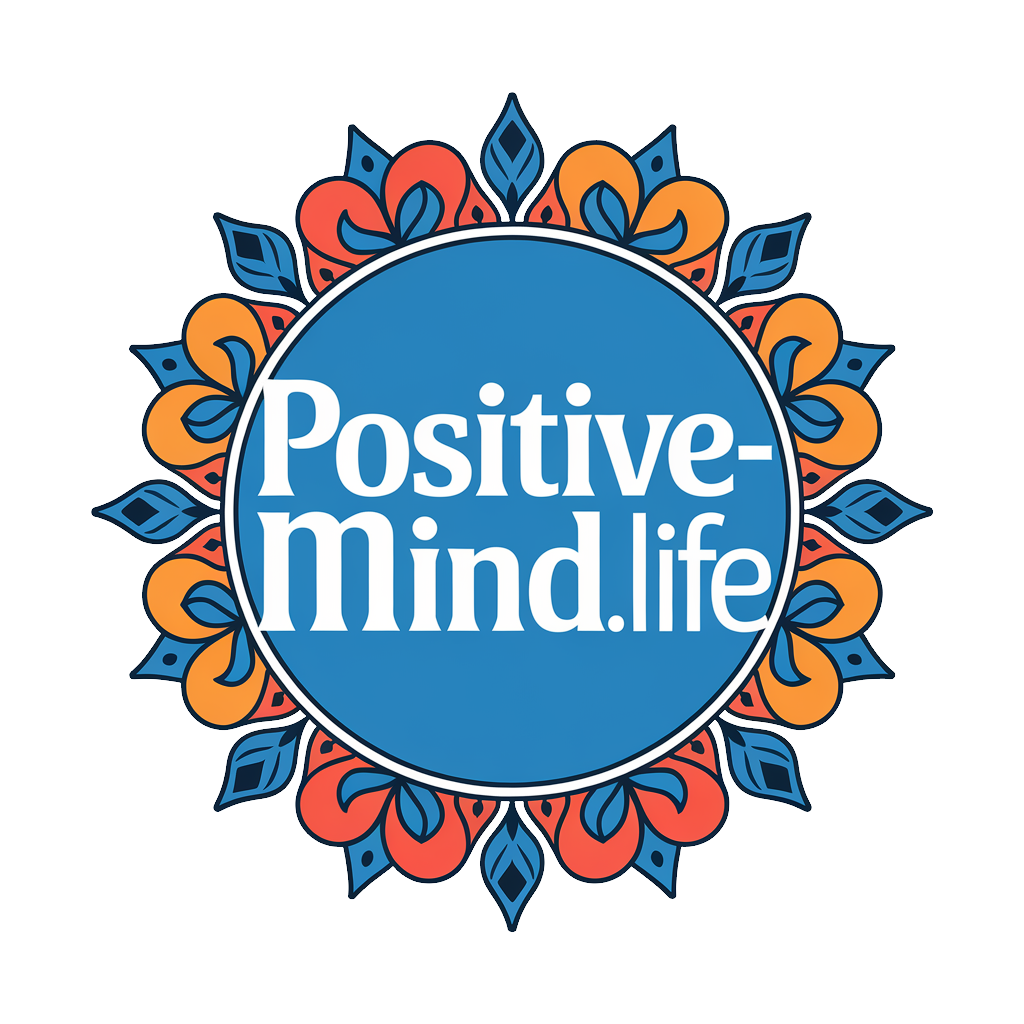How Gratitude Practices Will Make You Happier in Just One Week!
Practicing gratitude can significantly boost your happiness in just one week. By keeping a gratitude journal, you’ll likely notice increased positivity and reduced stress. Reflecting on what you appreciate helps strengthen emotional connections and fosters resilience. Expressing gratitude to others enhances your social interactions, creating a ripple effect of kindness and connection. Engaging in mindfulness techniques alongside gratitude practices deepens your emotional responses. Committing to daily routines, like setting aside time for gratitude reflections, can transform your outlook. These small shifts can lead to lasting changes, and there’s so much more to explore about building lasting happiness.
Key Takeaways
- Practicing gratitude daily enhances emotional well-being, leading to increased levels of positive emotions and life satisfaction within just one week.
- Keeping a gratitude journal helps reduce stress and fosters resilience, promoting a positive shift in mindset and emotional states.
- Expressing gratitude to others, such as through thank-you notes, strengthens connections and encourages a culture of appreciation in your relationships.
- Mindfulness combined with gratitude practices enhances emotional impact, allowing you to appreciate overlooked aspects of life and cultivate deeper joy.
- Regular reflection on gratitude entries helps identify positive experiences, shifting focus from scarcity to abundance and fostering long-term happiness.
Understanding Gratitude and Happiness
Understanding the connection between gratitude and happiness can significantly enhance your emotional well-being. Research consistently shows that practicing gratitude can lead to remarkable gratitude benefits, such as reduced stress and increased life satisfaction. When you focus on what you’re thankful for, you shift your perspective from scarcity to abundance, fostering a positive mindset.
This happiness connection isn’t merely anecdotal; studies indicate that individuals who regularly express gratitude report higher levels of positive emotions and life satisfaction. For instance, a study published in the Journal of Personality and Social Psychology found that participants who kept a gratitude journal experienced increased levels of optimism and reduced symptoms of depression.
Moreover, gratitude enhances your social interactions, strengthening relationships and fostering a sense of community. When you acknowledge others’ contributions, you create a positive feedback loop that encourages kindness and support, which in turn boosts your happiness.
Daily Gratitude Journaling Techniques
Starting a daily gratitude journaling practice can transform your mindset and enhance your overall well-being. Research shows that regularly reflecting on what you’re thankful for significantly boosts your mood and reduces stress. To harness the full journaling benefits, consider these effective techniques:
-
Set a Specific Time: Choose a consistent time each day for journaling. This routine makes it easier to commit and fosters a deeper connection to your practice.
-
Use Gratitude Prompts: If you’re unsure where to start, prompts can guide you. For instance, ask yourself, “What made me smile today?” or “Who am I grateful for in my life right now?” These questions stimulate deeper reflection and insight.
-
Be Detailed: When writing, go beyond surface-level entries. Describe why you’re grateful for something and how it impacts your life. This depth amplifies the emotional connection, solidifying your positive experiences.
Expressing Gratitude to Others
Expressing gratitude to others not only strengthens relationships but also enhances your own well-being. When you take the time to send thank you notes or appreciation letters, you actively engage in a practice that fosters deeper connections. Research shows that gratitude expressions can lead to increased feelings of happiness and reduced stress levels, benefiting both you and the recipient.
Kindness gestures, whether big or small, create a ripple effect of positivity. When you acknowledge someone’s efforts, it reinforces their value and encourages them to continue their good deeds. This mutual reinforcement solidifies bonds and creates an environment where appreciation thrives.
Moreover, the act of expressing gratitude itself can transform your mindset. As you articulate what you’re thankful for, you shift your focus from what’s lacking to what’s abundant in your life. This cognitive shift is linked to greater psychological resilience, enabling you to navigate challenges more effectively.
Incorporating gratitude into your daily interactions not only enhances your emotional landscape but also cultivates a culture of appreciation around you. So, make it a habit to express your gratitude consistently; it’s a powerful tool for nurturing relationships and fostering your own happiness.
Mindfulness and Gratitude Practices
While practicing mindfulness, you can significantly enhance your gratitude experience, creating a powerful synergy that boosts overall well-being. Mindfulness meditation allows you to become fully present, helping you appreciate the small joys in your life. This heightened awareness cultivates a fertile ground for gratitude, leading to profound emotional shifts.
To integrate mindfulness into your gratitude practices, consider these three strategies:
-
Mindful Gratitude Journaling: Set aside time each day to write down what you’re grateful for. Engage your senses as you reflect on these moments, enhancing emotional resonance.
-
Gratitude Affirmations: Create positive affirmations centered around gratitude. Repeat them during mindfulness meditation sessions to reinforce your mindset, deepening your appreciation for life’s gifts.
-
Mindful Observation: Spend a few moments in silence, focusing on your surroundings. Observe the beauty in nature, relationships, or daily routines, fostering a sense of gratitude for what is often overlooked.
Creating a Gratitude Ritual
Creating a gratitude ritual can significantly enhance your overall well-being by fostering a consistent practice of appreciation. Daily journaling allows you to reflect on positive experiences, while gratitude visualization techniques help reinforce those feelings of thankfulness. By incorporating these methods into your routine, you’ll likely notice a boost in your happiness and a deeper connection to the present moment.
Daily Journaling Practice
A daily journaling practice centered on gratitude can significantly enhance your overall happiness and well-being. By intentionally reflecting on what you appreciate, you not only cultivate a positive mindset but also harness the journaling benefits that promote emotional resilience. Research shows that consistent gratitude journaling can lead to improved mental health and enhanced life satisfaction.
To get the most out of your gratitude journaling, consider these three strategies:
-
Be Specific: Instead of writing generic statements, detail specific instances or people that brought you joy. This specificity fosters deeper emotional connections.
-
Incorporate Creativity: Allow your creativity to flourish by illustrating your gratitude entries or adding quotes that resonate with you. This creativity boost can make your practice more engaging and enjoyable.
-
Set a Routine: Establish a dedicated time each day for journaling, whether it’s in the morning or before bed. Consistency helps reinforce the habit, making gratitude an integral part of your life.
Gratitude Visualization Techniques
Building on the benefits of daily gratitude journaling, visualization techniques can further deepen your practice and enhance your emotional well-being. By engaging in visualization exercises, you harness the power of your mind to evoke strong feelings of gratitude, reinforcing positive neural pathways.
To start, find a quiet space where you can relax and focus. Close your eyes and take a few deep breaths. Next, picture a moment or person that embodies gratitude imagery for you—perhaps a special memory or a loved one who’s made a significant impact in your life. As you delve into this imagery, allow yourself to fully experience the emotions associated with that moment. Notice how it feels in your body and let those sensations amplify.
Incorporating gratitude visualization into your daily routine not only complements your journaling but also cultivates a profound sense of appreciation. Research indicates that these techniques can reduce stress and improve overall life satisfaction. By committing to this ritual, you’ll likely find a deeper connection to your gratitude practice, ultimately fostering a more joyful and fulfilling existence. Embrace this powerful tool—your happiness deserves it.
Tracking Your Happiness Progress
Tracking your happiness progress is essential for understanding the effectiveness of your gratitude practices. By maintaining a daily gratitude journal, holding weekly reflection sessions, and using a happiness scale, you can gain valuable insights into your emotional well-being. This structured approach not only helps you recognize patterns but also encourages sustained growth in your happiness journey.
Daily Gratitude Journal
By incorporating a daily gratitude journal into your routine, you can effectively monitor your happiness progress over time. This practice not only helps you recognize the positive aspects of your life but also enhances your overall well-being. Evidence shows that consistent journaling can significantly improve mood and foster resilience.
To make the most of your gratitude journal, consider these strategies:
-
Use targeted gratitude prompts: These can guide your reflections, allowing you to explore specific areas of your life. For example, you might focus on people who inspire you or moments that brought you joy.
-
Establish a regular journaling schedule: Consistency is key. Whether you choose to write in the morning or before bed, stick to a routine that works for you, reinforcing the habit.
-
Reflect on journaling benefits: Regularly revisit your entries to observe patterns in your thoughts and feelings. This reflection not only tracks your happiness progress but also deepens your understanding of what truly matters to you.
Weekly Reflection Sessions
Reflecting on your week can offer valuable insights into your happiness journey, complementing the daily gratitude journaling practice. By dedicating time for weekly reflection sessions, you create a structured opportunity to analyze your emotional landscape. This intentional pause not only deepens your understanding of your feelings but also reinforces the positive changes you’re striving for.
To maximize these sessions, incorporate reflection prompts that probe deeper into your experiences. Questions like, “What moments brought me joy this week?” or “Which challenges tested my resilience?” can guide your exploration. Establish a session structure that includes a review of your gratitude journal entries, an assessment of your emotional highs and lows, and a plan for the upcoming week.
This systematic approach fosters accountability and enables you to track your growth. Research indicates that such reflective practices enhance self-awareness, a vital component of emotional intelligence. Over time, you’ll notice patterns and shifts in your happiness, empowering you to cultivate a more fulfilling life. By committing to these weekly sessions, you fortify the foundation of gratitude, leading to sustainable happiness and personal mastery.
Happiness Scale Tracking
Measuring your happiness can be a transformative practice that provides clear insights into your emotional well-being over time. By tracking your happiness metrics, you can enhance your emotional intelligence and better understand the factors influencing your mood. This systematic approach allows you to identify patterns, triggers, and growth areas in your life.
Here are three effective methods to track your happiness:
-
Daily Journaling: Write down your feelings each day, noting specific events that influenced your mood. This helps you recognize trends and build self-awareness.
-
Gratitude Lists: At the end of each week, list three things you’re grateful for. Reflecting on positive experiences can shift your focus from negativity to appreciation, boosting your overall happiness.
-
Happiness Scale: Rate your happiness on a scale of 1 to 10 daily. This simple metric gives you a quick snapshot of your emotional state and helps identify highs and lows.
Frequently Asked Questions
Can Gratitude Practices Help With Anxiety and Depression?
Imagine waking up with a lighter heart. Gratitude journaling actively shifts your focus, fostering mental health by reducing symptoms of anxiety and depression. Engaging in this practice regularly can empower you to reclaim joy and resilience.
How Long Should I Spend on Gratitude Practices Daily?
You should aim for at least 10 to 15 minutes daily for gratitude journaling. This duration allows you to reflect deeply on positive experiences, fostering emotional resilience and enhancing your overall well-being through consistent practice.
Are There Specific Times of Day Best for Gratitude Reflection?
You’ll find morning rituals and evening reflections effective for gratitude practices. Morning sets a positive tone for your day, while evening allows for contemplation, reinforcing your experiences. Both times cultivate mindfulness and emotional resilience.
What if I Struggle to Feel Grateful?
When you struggle to feel grateful, consider cultivating clarity through gratitude journaling or mindful meditation. These practices promote positivity, helping you uncover hidden joys and shift your mindset toward appreciation, even in challenging times.
Can Gratitude Practices Benefit Children or Teenagers?
Gratitude practices, like gratitude journals and family rituals, can significantly benefit children and teenagers. They foster emotional resilience, enhance empathy, and improve relationships, helping young people navigate challenges with a positive mindset and greater social awareness.




